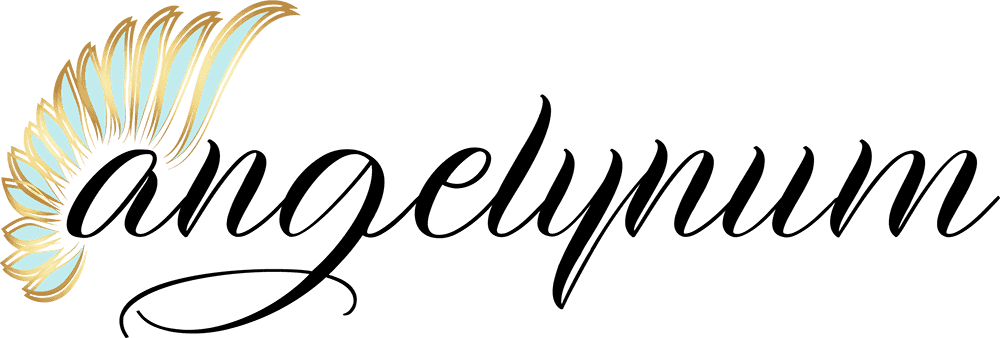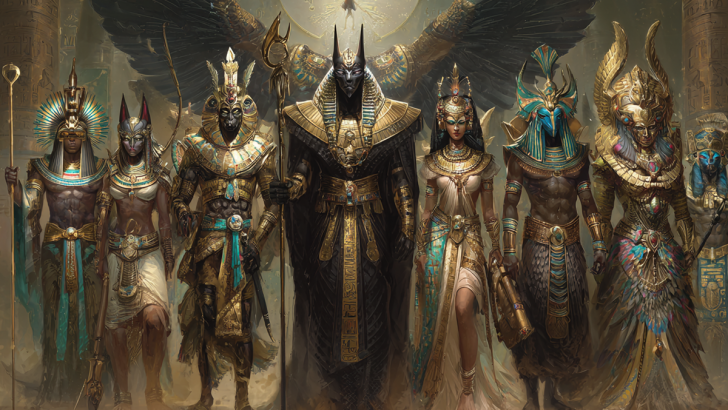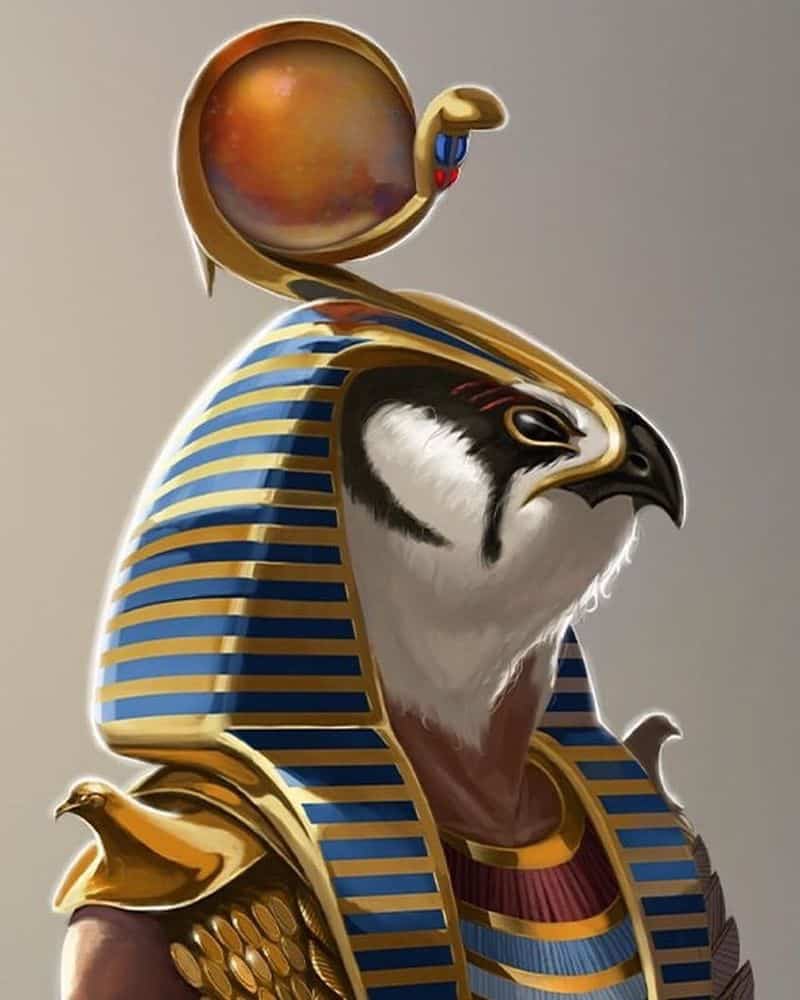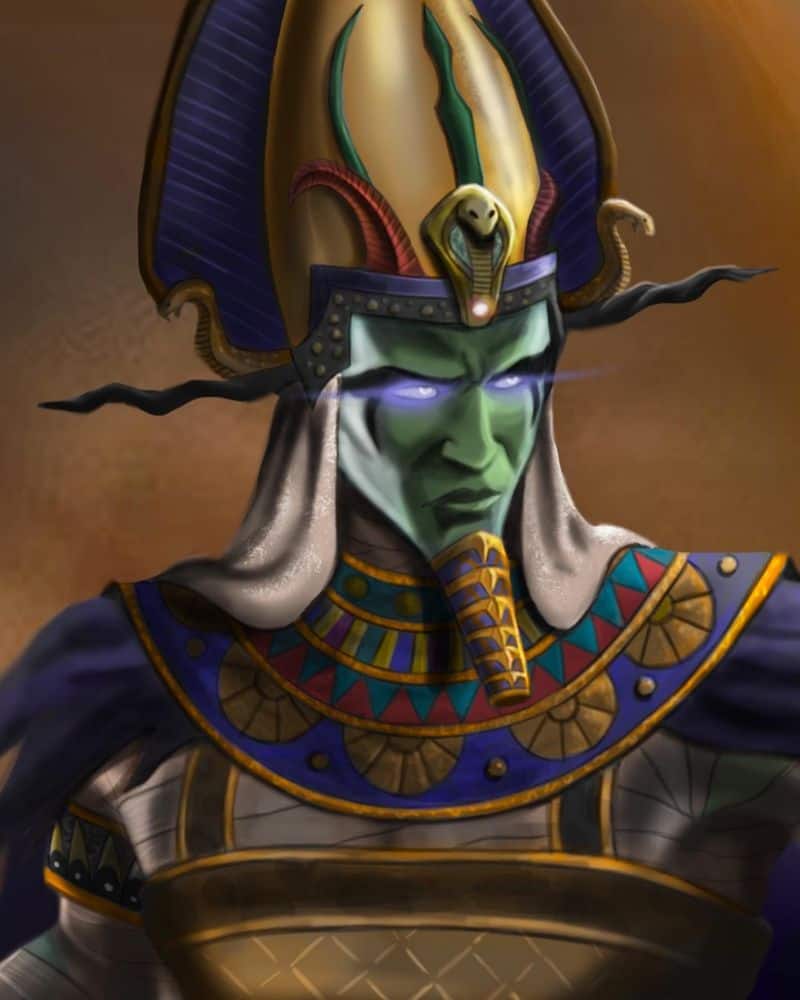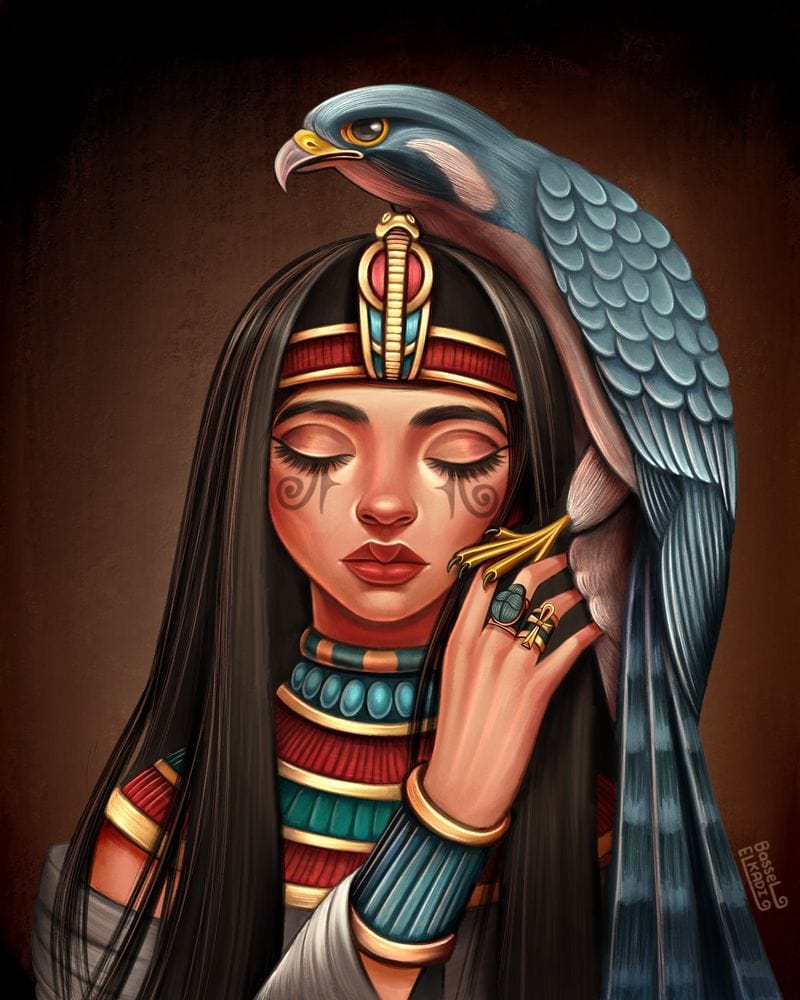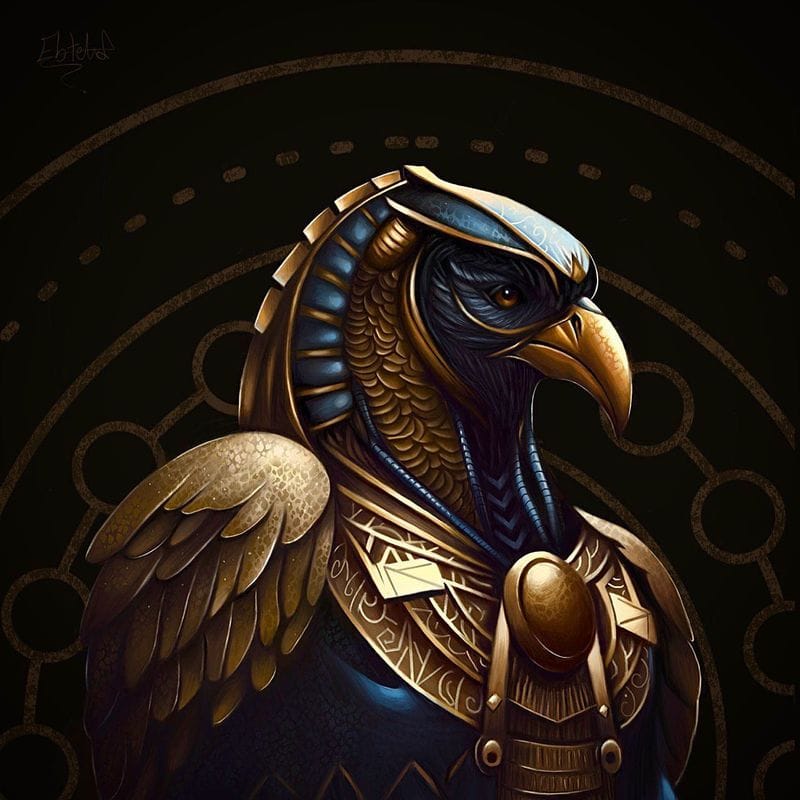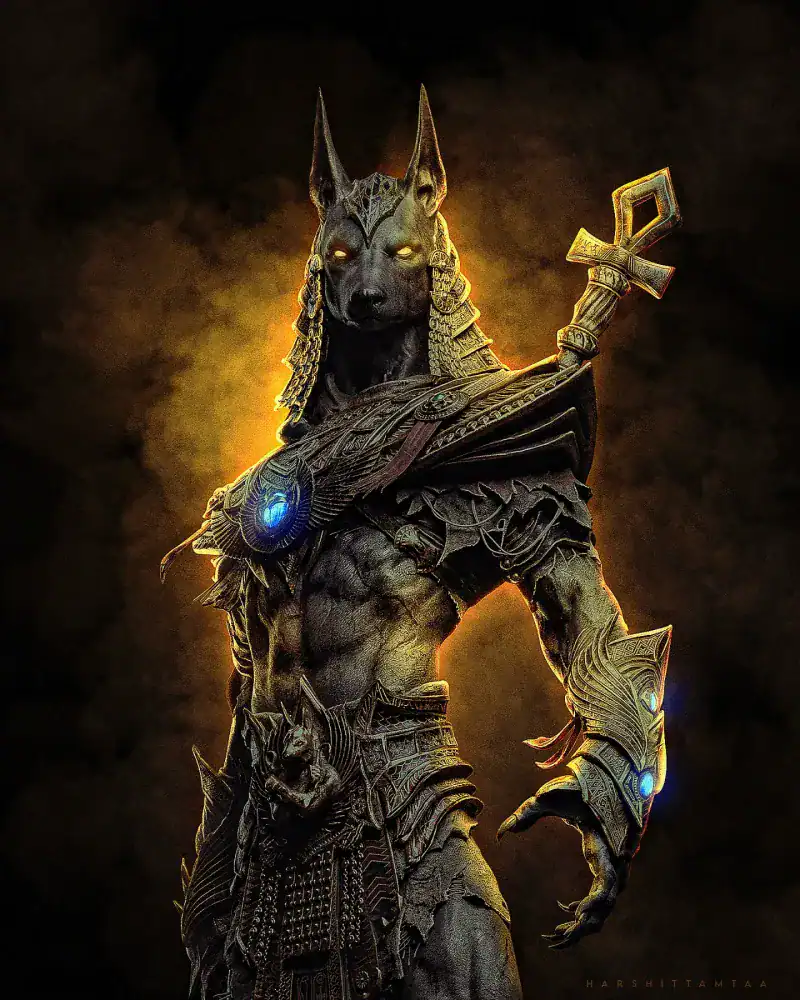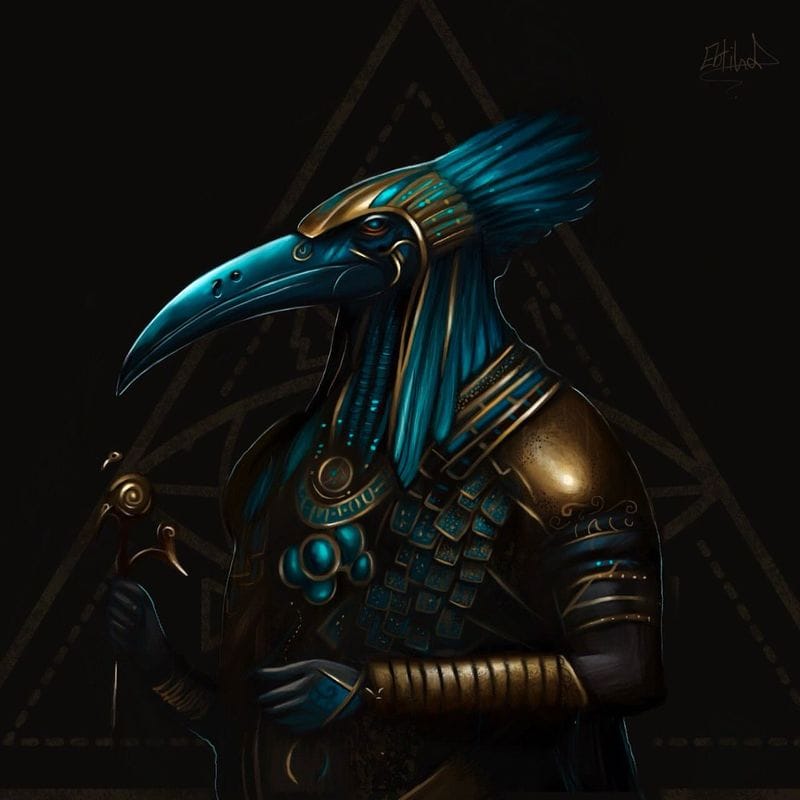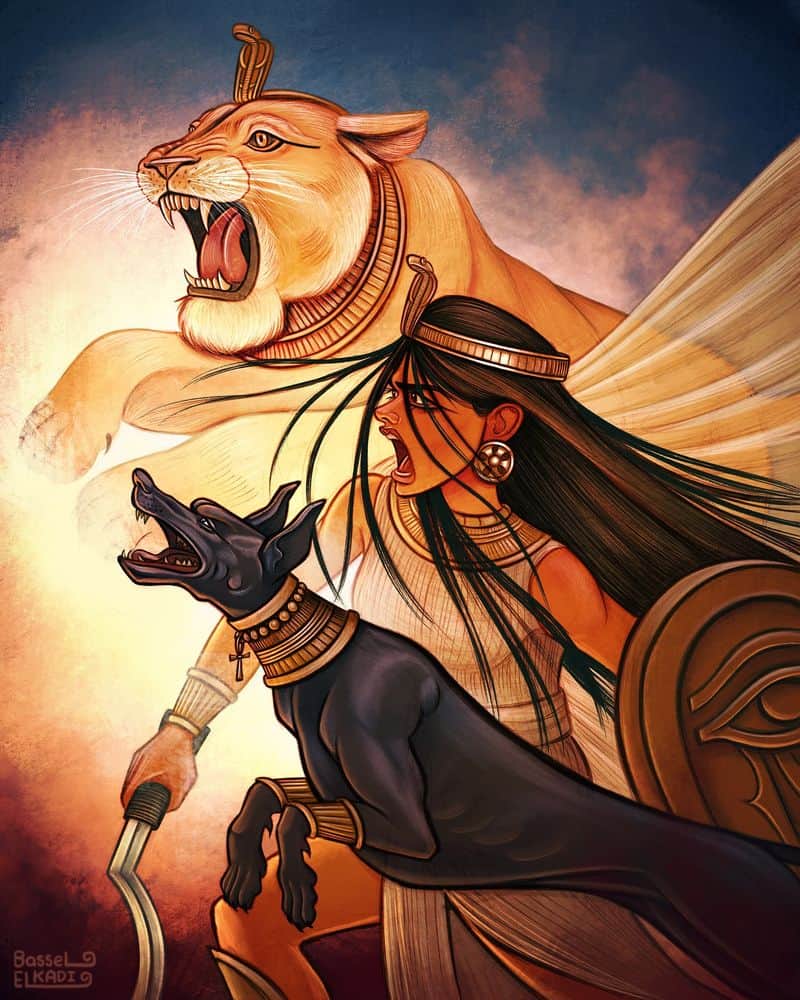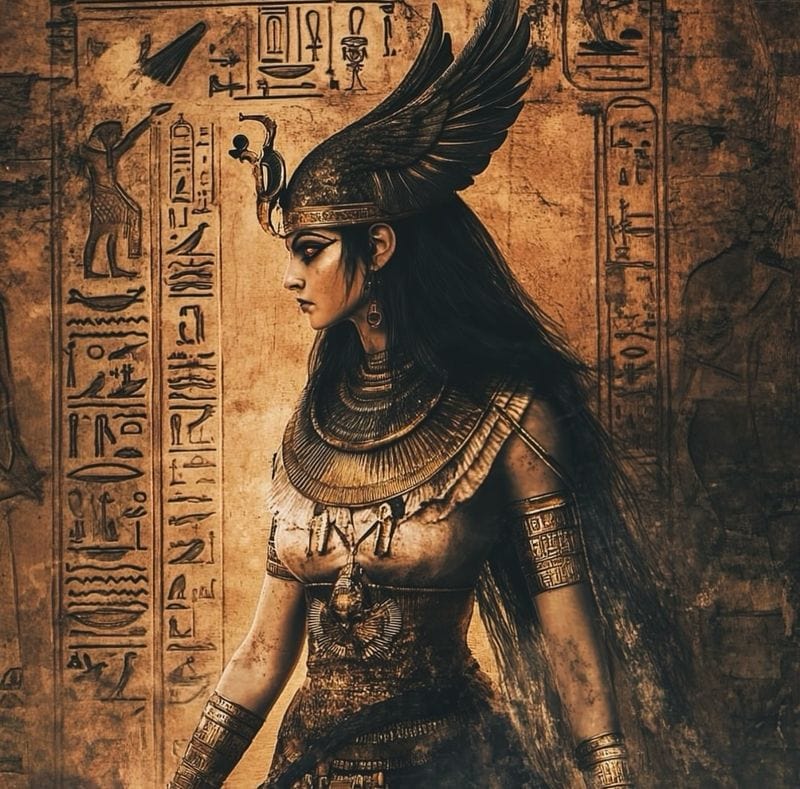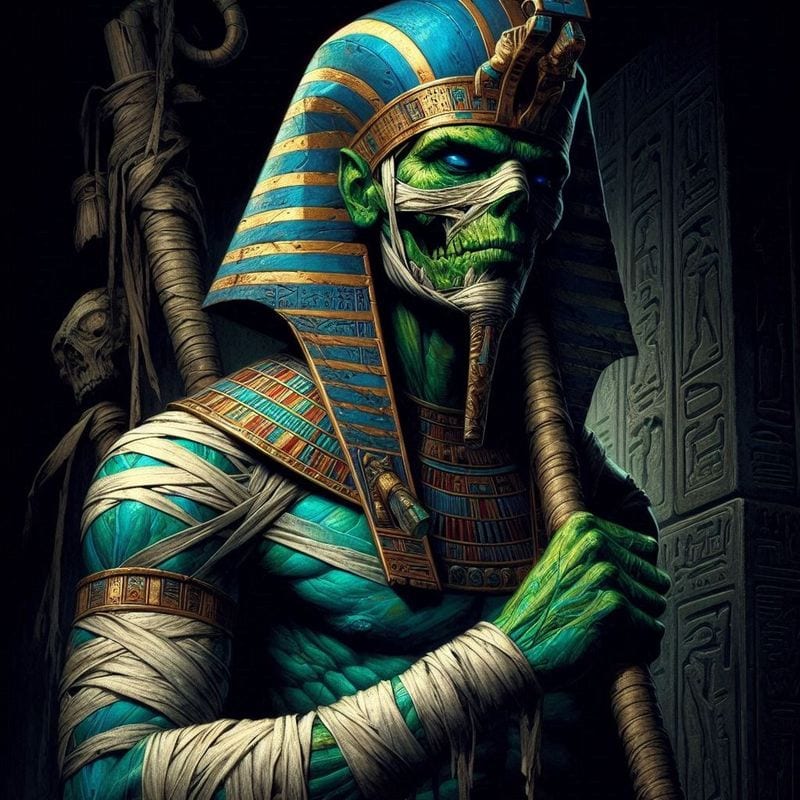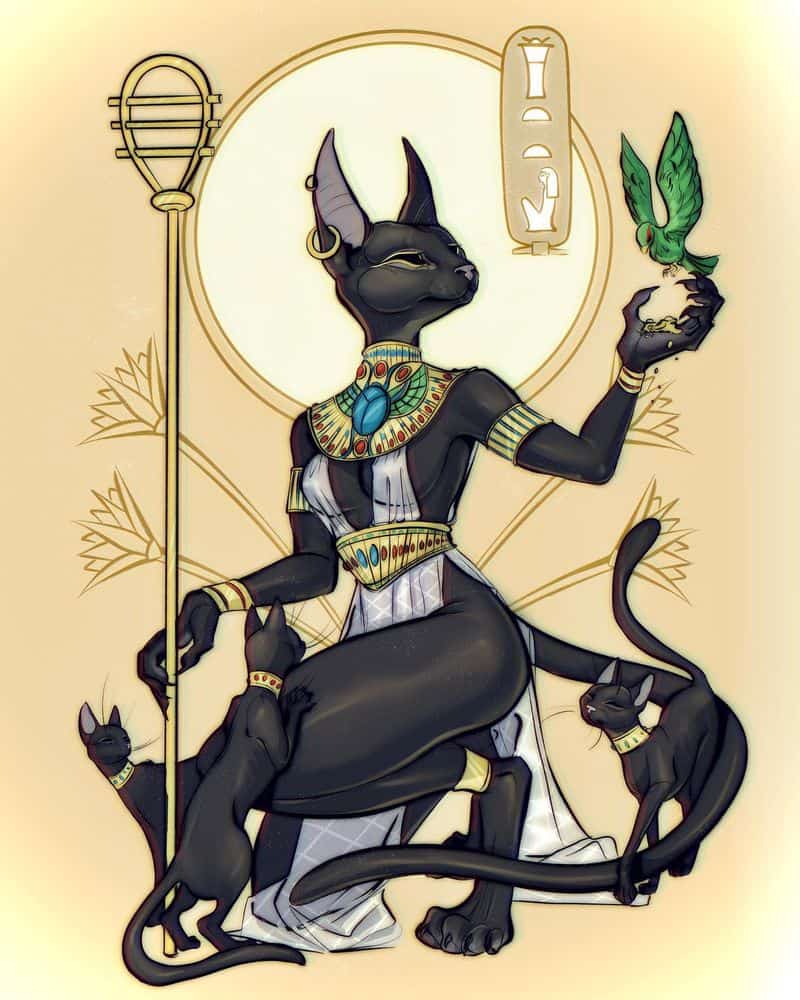The ancient Egyptians worshipped a fascinating array of gods and goddesses who ruled every aspect of their lives.
These powerful deities controlled everything from the sun’s journey across the sky to the fate of souls in the afterlife.
Each god possessed unique powers and responsibilities that shaped Egyptian culture for thousands of years, leaving a legacy that continues to captivate our imagination today.
1. Ra: The Radiant Sun God
Crowned with the blazing solar disk, Ra reigned supreme in the Egyptian pantheon as the creator of all life. Every morning, he sailed across the sky in his magnificent solar boat, bringing warmth and light to the world below.
During the night, Ra journeyed through the dangerous underworld, battling the serpent Apophis who sought to prevent the sun’s return. His daily victory ensured the continuation of existence itself.
Pharaohs claimed direct descent from Ra, linking their earthly authority to his divine power. His worship center at Heliopolis became one of Egypt’s most important religious sites, where priests performed elaborate rituals to honor the god who made life possible.
2. Osiris: Lord of the Afterlife
Green-skinned and wrapped in white burial cloths, Osiris stands as Egypt’s judge of the dead and ruler of the underworld. His own death and resurrection at the hands of his brother Set became the foundation for ancient Egyptian beliefs about immortality.
Farmers revered Osiris for his connection to agriculture and the life-giving Nile floods. His annual festival celebrated the river’s renewal and the cycle of death and rebirth that sustained Egyptian civilization.
The famous “weighing of the heart” ceremony took place in his divine court, where souls faced judgment before entering the afterlife. Those deemed worthy joined Osiris in his perfect kingdom, enjoying eternal peace.
3. Isis: The Magical Mother Goddess
With wings outstretched and a throne hieroglyph adorning her head, Isis embodied protective maternal power unlike any other Egyptian deity. Her legendary quest to resurrect her husband Osiris demonstrated her unmatched magical abilities and fierce determination.
Women across Egypt prayed to Isis during childbirth, seeking her blessing and protection. Her nurturing spirit extended beyond motherhood to healing the sick and guiding the living through life’s challenges.
Remarkably, Isis’s worship spread throughout the Mediterranean world long after Egypt’s decline. Greek and Roman women embraced her mysteries, establishing temples that continued her veneration for centuries after pharaonic rule ended.
4. Horus: The Falcon-Eyed Protector
Soaring above Egypt with piercing falcon eyes, Horus embodied royal power and divine protection. As Osiris’s son and rightful heir, his epic battle against his uncle Set for Egypt’s throne became a central myth representing the eternal struggle between order and chaos.
The famous “Eye of Horus” symbol, representing his injured eye from the battle with Set, became one of Egypt’s most powerful protective amulets. Egyptians believed it granted healing, restoration, and defense against evil.
Every living pharaoh was considered Horus incarnate, ruling as his earthly manifestation. Upon death, each king joined Osiris in the afterlife, while the new pharaoh became the next living Horus, continuing the divine cycle.
5. Anubis: The Jackal-Headed Guardian
Emerging from the shadows with his distinctive black jackal head, Anubis guided souls through death’s mysterious transition. As Egypt’s original god of the dead before Osiris rose to prominence, he retained his crucial role in the mummification process.
Embalmers wore Anubis masks during their sacred work, channeling his power to protect the deceased. His acute canine senses could detect those attempting to disturb tombs or harm the dead on their journey to the afterlife.
During the “weighing of the heart” ceremony, Anubis carefully balanced the scales of judgment. His steady hand ensured that each soul received fair treatment, regardless of their earthly status, as they faced their eternal fate.
6. Thoth: The Ibis-Headed Scribe
Balancing the universe with his brilliant intellect, Thoth invented writing, mathematics, and magic. His ibis head and baboon form represented his unmatched wisdom, while his role as divine mediator kept cosmic balance when gods quarreled.
Ancient scribes began each writing session by pouring a drop of water in Thoth’s honor. They believed this ritual connected them to his divine knowledge, improving their work and protecting them from mistakes.
In the Hall of Judgment, Thoth recorded the final verdict for each soul. His magical abilities could even restore lost body parts, as when he helped Horus regain his eye, making him essential to both the living and the dead.
7. Sekhmet: The Ferocious Lioness
With the scorching desert wind at her command, Sekhmet stalked the battlefield as Egypt’s most terrifying warrior goddess. Her lion-headed form and blood-red garments struck fear into the hearts of Egypt’s enemies and those who broke divine laws.
Priests performed elaborate daily rituals to keep Sekhmet’s destructive power in check. They offered her beer dyed red like blood to satisfy her thirst for punishment while channeling her fierce energy toward protecting Egypt.
Surprisingly, this goddess of destruction doubled as a powerful healer. Her priests became skilled physicians who could drive away disease and injury, believing that she who could send plagues could also take them away with her fiery breath.
8. Ma’at: The Feather of Truth
Represented by a single ostrich feather, Ma’at embodied the fundamental cosmic order that made existence possible. Without her balancing influence, the Egyptians believed the universe would collapse into primordial chaos.
During the critical judgment of the dead, the deceased’s heart was weighed against Ma’at’s feather. Hearts weighed down by wrongdoing would sink, condemning the soul, while those who lived righteously would achieve perfect balance.
Pharaohs ruled according to Ma’at’s principles, making her the foundation of Egyptian law and social harmony. Her presence in artwork, often shown with wings outstretched behind royal thrones, reminded rulers of their duty to maintain truth, justice, and cosmic order.
9. Ptah: The Divine Craftsman
Wrapped in mummy bandages with his hands free to create, Ptah spoke the world into existence through the power of thought and word. As patron of craftsmen, architects, and artists, he inspired the magnificent monuments that still awe visitors to Egypt today.
Unlike other creation deities who used physical methods, Ptah created through intellectual conception. He first imagined creation in his heart, then brought it to reality by speaking its name—establishing the Egyptian belief in the magical power of words.
The ancient capital Memphis honored Ptah as its primary deity for thousands of years. His high priest held the impressive title “Greatest of the Controllers of Craftsmen,” overseeing all artistic and architectural works in this vital center of Egyptian civilization.
10. Bastet: The Feline Protector
Gracefully balancing dual natures, Bastet began as a fierce lioness goddess before evolving into the more familiar domestic cat form beloved by millions of ancient Egyptians. Her temple at Bubastis housed thousands of mummified cats, considered sacred to her worship.
Families welcomed Bastet’s protection into their homes by keeping cats as both pets and living connections to her divine power. These feline companions were believed to ward off snakes, scorpions, and disease-carrying rats while bringing joy and companionship.
Her annual festival became Egypt’s most popular celebration, drawing hundreds of thousands of pilgrims. Herodotus described these joyous gatherings filled with music, dance, and wine—a stark contrast to the solemn ceremonies honoring other deities.
